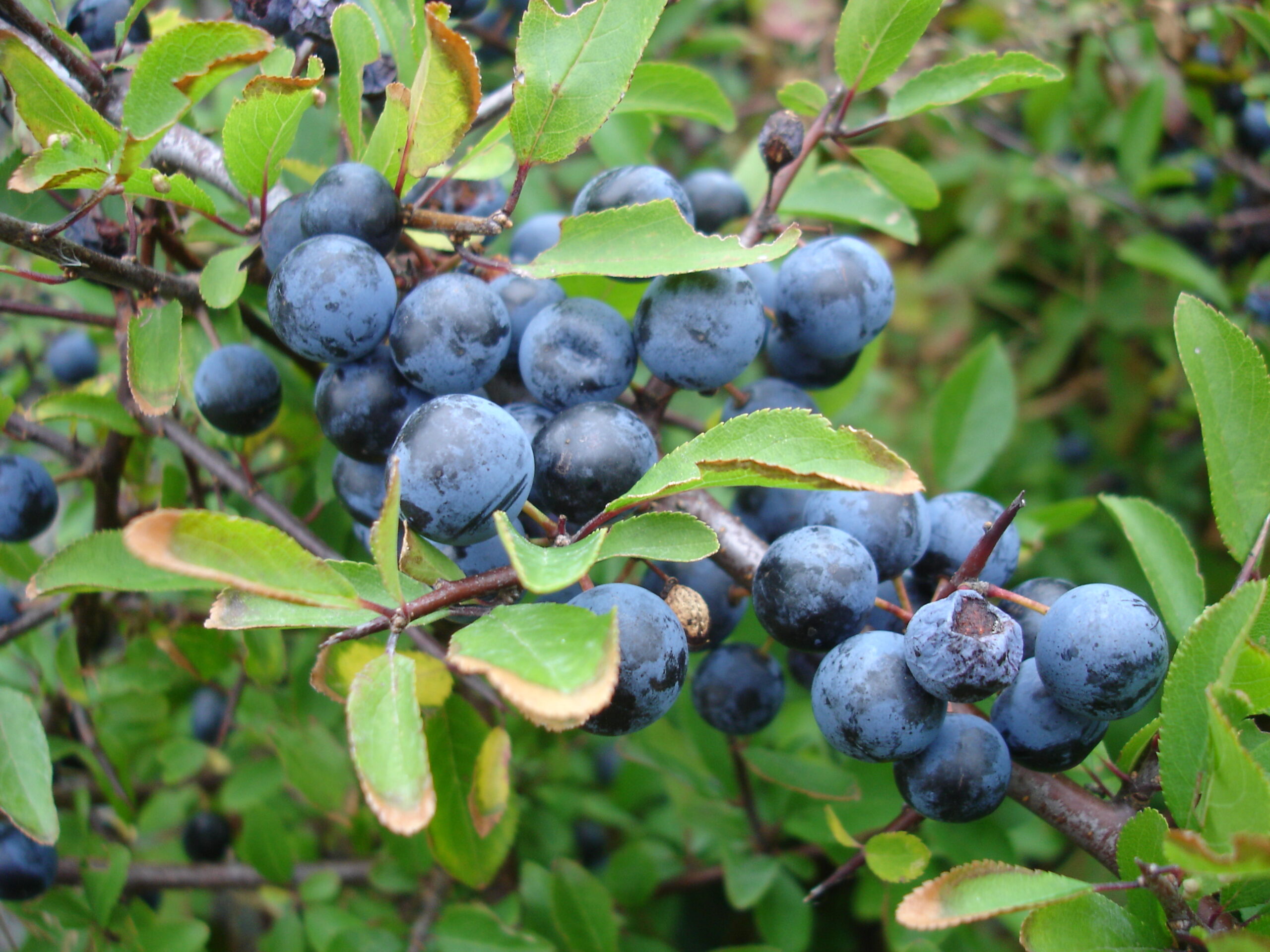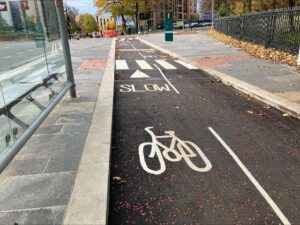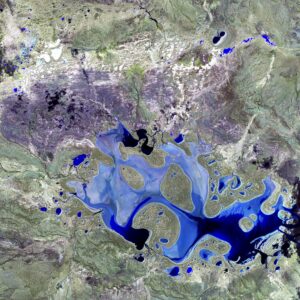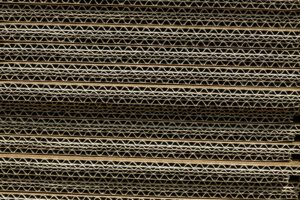An extensive programme of ecological surveys is crucial to a major environmental project in southern England, driving habitat restoration and biodiversity gain across the area. Project Environment Manager Richard Woodward discusses recent activity
The River Thames Scheme (RTS) will create a flood relief channel in two sections, running through the Surrey boroughs of Runnymede and Spelthorne respectively.
A collaboration between the Environment Agency, Surrey County Council and local boroughs, the scheme will reduce the risk of flooding to around 11,000 homes and 1,600 businesses. It will also create new areas of open green space, sustainable travel routes and high-quality wildlife habitat. It is the first project of its kind to be designated an infrastructure project of national significance.
The RTS will aim to enhance habitat and green corridors around important local areas for wildlife such as the River Thames, Thorpe Hay Meadow Site of Special Scientific Interest (SSSI) and the South West London Waterbodies Special Protection Area (SPA).
Where possible, the new channel will be designed to look like an established river, with shallow, planted banks to create habitat and provide links to wildlife corridors. Floodplain wetlands are quite rare in Surrey, especially along the larger river systems such as the Thames, and the RTS hopes to make a transformative difference by creating low-lying areas of seasonally inundated or permanently wet habitats along the river corridor.
As part of delivering these plans, the RTS is currently carrying out a survey programme to guide design work and ensure that ecological understanding is up to date.
Habitats Regulations Assessment
The RTS area lies close to the South West London Waterbodies SPA and Ramsar site. These are primarily designated for their over-wintering populations of gadwall (Anas strepera) and shoveler (Anas clypeata).
The project’s consultant ecologists carried out wintering bird surveys of the scheme area in 2021/2022 and are currently updating these for the 2023/24 overwintering period. The surveys have found that several lakes through which the proposed flood channel will pass support these two species (including lakes which are not designated under the SPA). A Habitats Regulations Assessment (HRA) will therefore be undertaken to assess impacts to the SPA and the gadwall and shoveler populations across this network of lakes.

A shoveler (C) Andreas Trepte
The project’s knowledge of the ecological baseline and engagement with Natural England has enabled it to undertake essential ground investigations (GI) in these sensitive areas. In 2022/23 dawn bird surveys were carried out by the Ecological Clerk of Works (EcCoW) to record the numbers of qualifying bird species present when GI works were planned at the lakes. Where numbers of gadwall and/or shoveler were found to be above a threshold agreed with Natural England, works were either delayed or completed under strict supervision of the EcCoW.
Habitat surveys
The RTS team has completed a full UKHab survey of the scheme area, including habitat condition assessments. Overall, the habitat surveys have identified multiple sites that could be considerably improved through targeted management.
For example, significant numbers of orchids (pyramidal and bee) were recorded at one survey location; a discovery that will influence the long-term management proposals for that area. At a second site, the team discovered downy-fruited sedge (Carex filiformis). This species is nationally rare in the UK and mostly restricted to Berkshire, Gloucestershire and Oxfordshire.
Hedgerow surveys
The RTS team completed around 50 hedgerow surveys in 2023 and has identified a number of species-rich hedgerows within the scheme area. These high-value habitat features will be retained and protected wherever possible, with hedgerows that were found to be in poor condition targeted for improvement. Hedgerow assessments are also a good example of where habitat survey data has been used to determine future survey requirements.

For example, the presence of blackthorn (identified during hedgerow surveys) has been used to inform where brown hairstreak butterfly may be present. Surveys have found that this species exists in the area and may even be expanding its distribution. However, the limited amount of elm is likely to be a factor in the distribution of white-letter hairstreak; which has not been confirmed within the proposed RTS corridor. Another important invertebrate that is characteristic of the area is stag beetle, which has been recorded at two sites. The scheme’s habitat design work presents the opportunity to actively enhance habitats for all these species.
Species surveys
A variety of protected species surveys have been completed recently. These include great crested newt Habitat Suitability Index (HSI) and eDNA surveys, reptile surveys of sites totalling over 430 hectares and utilising more than 600 artificial reptile refugia, badger camera trapping at potential sett locations combined with additional badger walkovers and drone surveys, bat surveys of multiple buildings and trees, and invertebrate surveys of grassland and woodland sites.
Great crested newt eDNA surveys all returned negative results consistent with surveys in previous years. However, a variety of common amphibians (including smooth newt and common toad) were identified within the scheme area and appropriate avoidance measures will be developed to ensure impacts on these species are minimised.
Reptile surveys identified good populations of grass snake at several locations and one site which supports significant numbers of slow worm.
Surveys for aquatic plants have found an assemblage of five species of stoneworts (Charophyte spp). These are beneficial species to aquatic ecosystems, providing habitats for aquatic invertebrates and a food source for water birds.
The 2023 camera trap surveys did not identify any evidence of badger activity, but signs of this species moving through the RTS boundary were found on subsequent surveys. These findings will be combined with results from previous years to inform a programme of ongoing surveys and monitoring to help in understanding the distribution of this species within the scheme area and to assess potential impacts and opportunities.
The RTS is currently conducting a six-week statutory consultation that runs until 4th March. This will provide an opportunity for local people to further influence the development and design of the scheme.
More features:
https://environmentjournal.online/features-opinion/inside-the-exhibition-using-poetry-and-photography-to-restore-nature/
https://environmentjournal.online/editors-pick/simple-steps-climate-action/
https://environmentjournal.online/headlines/sustainability-digital-transformation/
Top image: (C) Dylan C
















